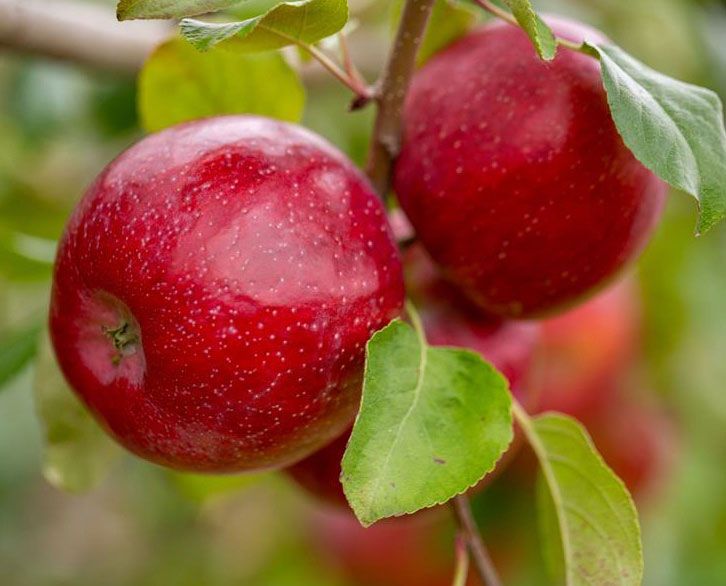Vegetable Production: A Lesson In Sustainability
Plants have been called the new meat. In fact, there is talk of moving vegetables, in particular, from the side to the center of the plate. According to a recent article on NPR.org, a restaurant in San Francisco has moved meat entrees to the side, literally, and given vegetables main-course status.
In addition, the NPR article references the “spiralizer,” which is a tool used to create vegetable noodles that resemble pasta. Spiralized vegetables are now replacing pasta dishes in some restaurants and kitchens.
To give vegetables, or beans specifically, even more star power, 2016 has been deemed the International Year of Pulses. In essence, the goal behind this declaration is to increase awareness of the health benefits beans offer.
According to the Food and Agriculture Organization of the United Nations, pulse crops such as lentils, beans, peas, and chickpeas are “a vital source of plant-based proteins and amino acids … and should be eaten as part of a healthy diet to address obesity, as well as to prevent and help manage chronic diseases such as diabetes, coronary conditions, and cancer. In addition, pulses are leguminous plants that have nitrogen-fixing properties, which can contribute to increasing soil fertility and have a positive impact on the environment.”
The takeaway is beans are not only good for you, they are good for the soil, too.
Again promoting the value of choosing healthy foods, in early January, the U.S. Department of Health and Human Services and USDA released the “2015-2020 Dietary Guidelines for Americans.” The idea is to increase awareness of how food, and vegetables in particular, directly relates to overall health.
According to Secretary of Agriculture Tom Vilsack: “The latest edition of the Dietary Guidelines provides individuals with the flexibility to make healthy food choices that are right for them and their families and take advantage of the diversity of products available, thanks to America’s farmers and ranchers.”
Yes, thanks to you, we have an abundance of healthy food options. The choices you make to produce your crops, being good stewards of the land — your sustainability efforts — will help keep the soil in use, producing healthy food for years to come. You use cover crops to enrich your soil, you conserve water, you employ conservation tillage, and the list goes on. (Check out this month’s cover story for more on some of the sustainability efforts of Sterman Masser Farms in Pennsylvania.)
What are you doing to capitalize on these positive health messages? Whether you are a potato grower like the Massers or a bean or any other vegetable crop grower for that matter, use this information to help market your crops. It’s the sustainable thing to do.










